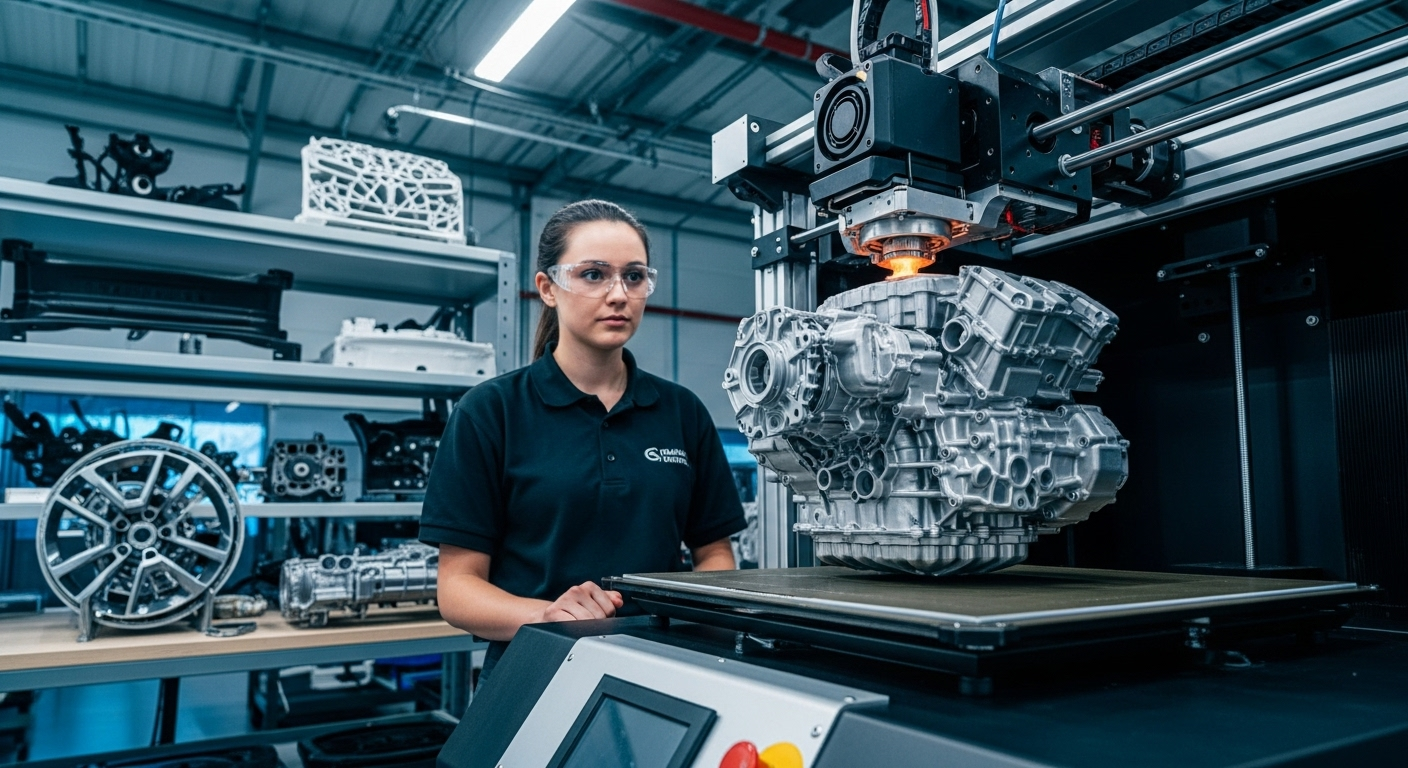Harnessing the Power of Graphene in Automotive Manufacturing
The automotive industry stands on the cusp of a revolutionary breakthrough, and it's not the electric motors or autonomous driving systems that have dominated headlines in recent years. Instead, the game-changer lurking just over the horizon is a material so thin it's considered two-dimensional: graphene. This wonder material, consisting of a single layer of carbon atoms arranged in a hexagonal lattice, promises to transform every aspect of car manufacturing, from body panels to batteries.

The Graphene Revolution
Graphene, first isolated in 2004 by researchers at the University of Manchester, has been hailed as a miracle material due to its extraordinary properties. It’s 200 times stronger than steel, yet incredibly lightweight. It conducts electricity and heat better than any other known substance, and it’s nearly transparent. These characteristics make it an ideal candidate for numerous automotive applications, from structural components to electronic systems.
The potential of graphene in the automotive sector is vast. It could be used to create ultra-strong, lightweight body panels that enhance fuel efficiency and safety. Graphene-enhanced batteries could dramatically increase the range and charging speed of electric vehicles. Even traditional internal combustion engines could benefit from graphene’s heat-dissipating properties, leading to improved performance and efficiency.
Structural Integrity Redefined
One of the most promising applications of graphene in automotive manufacturing is in the creation of stronger, lighter vehicle structures. By incorporating graphene into composite materials, manufacturers can produce body panels and structural components that are significantly lighter than traditional steel or aluminum parts, yet offer superior strength and rigidity.
This weight reduction has cascading benefits throughout the vehicle. Lighter cars require less energy to accelerate and maintain speed, leading to improved fuel efficiency or extended range in electric vehicles. The enhanced strength of graphene-reinforced materials also translates to improved safety, as these components can absorb and distribute impact forces more effectively in the event of a collision.
Supercharging Battery Technology
Perhaps the most exciting potential application of graphene in the automotive world lies in battery technology. Graphene’s exceptional electrical conductivity and large surface area make it an ideal material for enhancing the performance of lithium-ion batteries, which are currently the standard for electric vehicles.
By incorporating graphene into battery electrodes, researchers have demonstrated the potential to dramatically increase charging speeds and overall battery capacity. Some studies suggest that graphene-enhanced batteries could charge up to five times faster than conventional lithium-ion batteries while offering up to 45% more capacity. This could address two of the most significant barriers to widespread electric vehicle adoption: range anxiety and long charging times.
Thermal Management and Efficiency
Graphene’s superior thermal conductivity opens up new possibilities for heat management in vehicles. In internal combustion engines, graphene could be used to create more efficient heat exchangers, improving overall engine efficiency and reducing emissions. For electric vehicles, graphene-based thermal management systems could help maintain optimal battery temperatures, extending battery life and improving performance.
Moreover, graphene’s ability to dissipate heat quickly makes it an excellent candidate for use in brake systems. Graphene-enhanced brake pads and rotors could offer improved performance and longevity, particularly in high-performance applications where heat buildup is a significant concern.
The Road Ahead: Challenges and Opportunities
While the potential of graphene in automotive manufacturing is undeniably exciting, significant challenges remain before we see widespread adoption. The primary hurdle is cost – current production methods for high-quality graphene are expensive and not easily scalable to meet the demands of mass production. Researchers and companies around the world are working to develop more cost-effective production techniques, but it may be several years before graphene becomes economically viable for large-scale automotive use.
Another challenge lies in integrating graphene into existing manufacturing processes. While the material’s properties are well-understood in laboratory settings, translating these benefits to real-world applications requires extensive research and development. Automotive manufacturers will need to invest heavily in new equipment and processes to effectively incorporate graphene into their products.
Despite these challenges, the potential benefits of graphene in automotive manufacturing are too significant to ignore. As production costs decrease and manufacturing processes improve, we can expect to see an increasing number of graphene-enhanced components in vehicles. Initially, these are likely to appear in high-end, performance-oriented models before trickling down to mass-market vehicles.
The integration of graphene into automotive manufacturing represents more than just an incremental improvement in materials technology. It has the potential to fundamentally reshape the industry, enabling the creation of vehicles that are safer, more efficient, and more environmentally friendly than ever before. As we look to the future of transportation, graphene stands out as a key enabling technology that could help address some of the most pressing challenges facing the automotive industry today.
In conclusion, while graphene may not be making headlines in the same way as electric powertrains or autonomous driving systems, its impact on the automotive industry could be just as profound. As research continues and manufacturing processes evolve, we may soon find ourselves driving cars that owe their extraordinary capabilities to this remarkable material. The graphene revolution in automotive manufacturing is just beginning, and the road ahead promises to be an exciting journey of innovation and discovery.





